Deep within the bustling world of honeybee hives exists one of nature’s most sophisticated communication systems. Honeybees have evolved an intricate language of movement that allows them to transmit critical information about food sources, potential new home sites, and environmental conditions to their hive mates. This remarkable “dance language,” first decoded by Nobel Prize-winning ethologist Karl von Frisch in the 1940s, represents one of the most complex forms of non-human communication ever discovered. Through precise movements, angles, sounds, and chemical signals, these tiny creatures can convey detailed geographical coordinates, resource quality, and distance information—all without speaking a word. In this article, we’ll explore the fascinating world of honeybee communication and discover how these extraordinary insects use their bodies to create messages that sustain their colonies.
The Discovery of Bee Communication
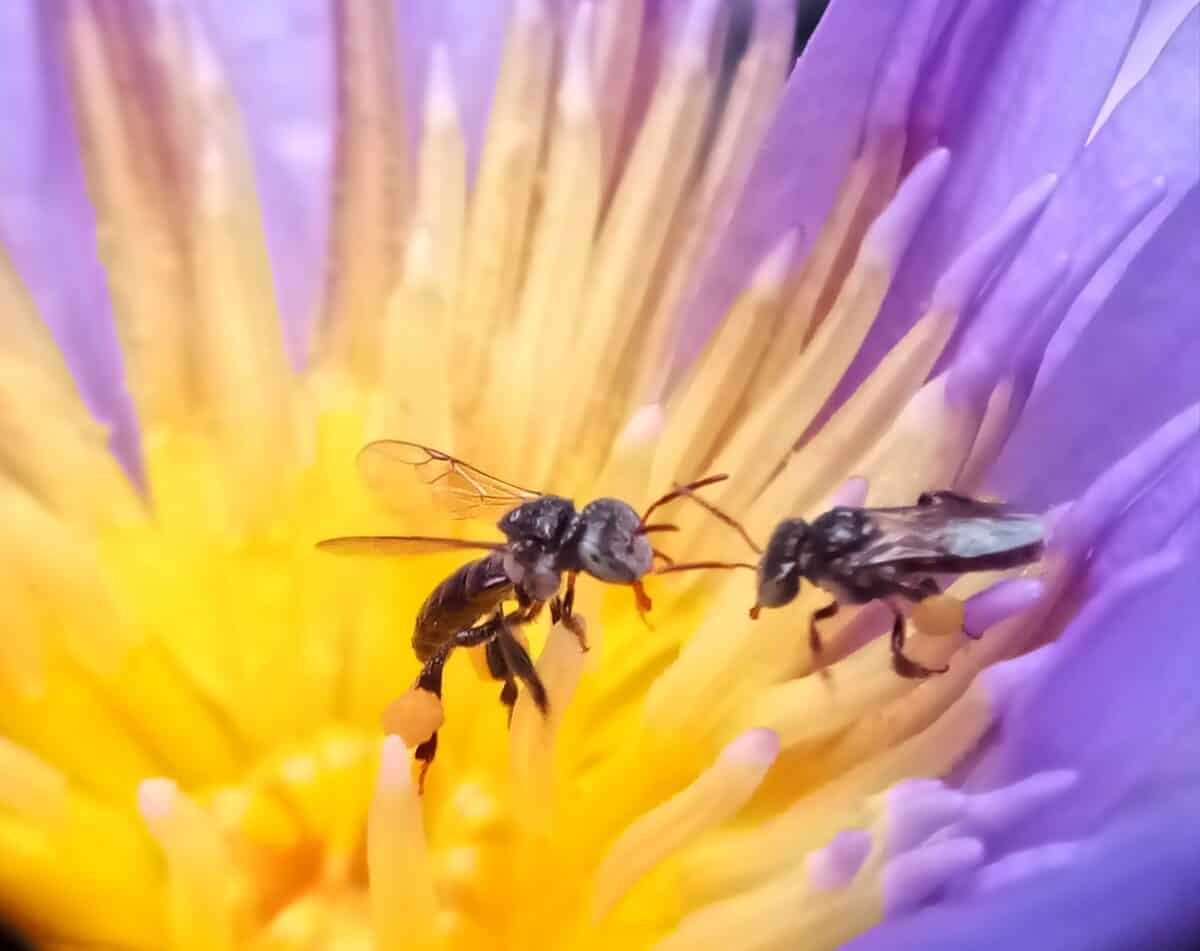
The groundbreaking discovery of honeybee dance communication is credited to Austrian biologist Karl von Frisch, whose meticulous observations during the 1940s revolutionized our understanding of animal communication. Initially, von Frisch’s claims about bees communicating precise location information were met with skepticism from the scientific community. Many researchers believed insects were incapable of such sophisticated communication. However, through careful experimentation involving marked bees and controlled food sources, von Frisch convincingly demonstrated that foraging bees were indeed transmitting specific information about food location through their movements. His work was so significant that it earned him a share of the 1973 Nobel Prize in Physiology or Medicine. Von Frisch’s discoveries opened an entirely new field of study in animal behavior and communication, revealing that complex language systems exist well beyond human society.
The Round Dance: Communicating Nearby Resources

When a foraging honeybee discovers a rich food source within approximately 50-75 meters of the hive, it performs what scientists call the “round dance” upon returning to the colony. This dance consists of the bee moving in tight circles, periodically reversing direction while vigorously shaking its abdomen. As the bee performs this circular pattern on the vertical honeycomb surface inside the dark hive, other worker bees gather around, touching the dancer with their antennae to detect subtle vibrations and chemical signals. The round dance doesn’t communicate the specific direction of the food source but instead conveys that valuable resources are located somewhere close to the hive. The intensity and duration of the dance correlate directly with the quality of the food discovered—more vigorous dancing indicates richer nectar or pollen sources. This simple yet effective communication prompts other worker bees to begin searching in concentric circles around the hive until they locate the resource.
The Waggle Dance: A Precise Directional Map
The waggle dance, perhaps the most remarkable aspect of honeybee communication, is performed when food sources are located at greater distances—typically beyond 100 meters from the hive. This sophisticated dance form functions essentially as a miniature map, conveying both distance and direction with astonishing precision. During the waggle dance, the forager bee traces a figure-eight pattern, with the critical information encoded in the central “waggle run” that forms the connection between the two loops. As the bee moves along this straight portion of the dance, it vigorously shakes its abdomen from side to side at frequencies between 13-15 times per second while emitting low-frequency sounds. The angle of this waggle run relative to vertical on the honeycomb directly corresponds to the angle of the food source relative to the sun’s position. Additionally, the duration of the waggle portion precisely indicates the distance to the food—longer waggle runs signal greater distances. Research has shown that bees can communicate locations up to 10 kilometers away with remarkable accuracy, making this one of nature’s most sophisticated symbolic communication systems outside of human language.
The Sun Compass: Navigating by Celestial Cues

Central to the honeybee’s ability to communicate location information is their remarkable capacity to use the sun as a reference point for navigation. Honeybees possess an internal “sun compass” that allows them to track the sun’s position throughout the day, compensating for its movement across the sky. Even more impressively, bees can communicate accurate directional information even when dancing inside the dark hive on vertical honeycomb surfaces where the sun isn’t visible. To achieve this, they perform a critical mental rotation—translating the angle between the food source and the sun into the angle between their waggle run and the vertical axis of the honeycomb. This sophisticated cognitive ability involves a time-compensated understanding of the sun’s movement, as bees will adjust their dances throughout the day to account for the changing position of the sun, even when they haven’t left the hive for hours. Perhaps most remarkably, recent research suggests that young bees inherit a genetic blueprint for understanding these celestial relationships before they’ve ever flown outside the hive themselves, demonstrating how deeply ingrained this navigational system is in honeybee biology.
Distance Encoding: Communicating How Far to Fly
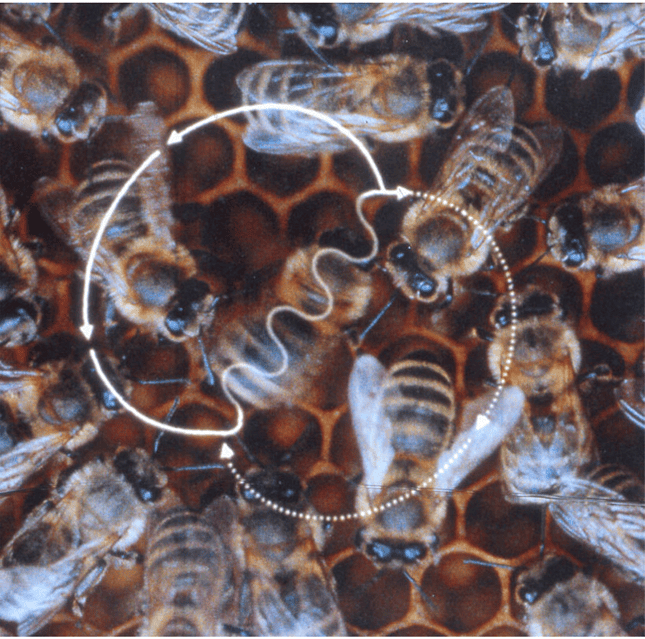
The precision with which honeybees communicate distance information through their dances is one of the most fascinating aspects of their communication system. When performing the waggle dance, the duration of the central “waggle run” directly correlates with the distance to the food source, with longer waggle phases indicating greater distances. What’s particularly remarkable is how this relationship varies slightly between different honeybee species and even among subspecies adapted to different environments. For instance, European honeybees (Apis mellifera) typically use a scale where a 1-second waggle run represents approximately 1,000 meters, while some Asian honeybee species use different conversion rates. Research has revealed that bees gauge distance primarily through “optic flow”—the rate at which visual information moves across their compound eyes as they fly. This explains why bees flying through complex environments with many visual landmarks perceive distances differently than those flying over featureless terrain. The system is so sensitive that researchers can actually determine what route a foraging bee took simply by analyzing the precise timing of its dance upon return.
Quality Assessment: Communicating Food Value
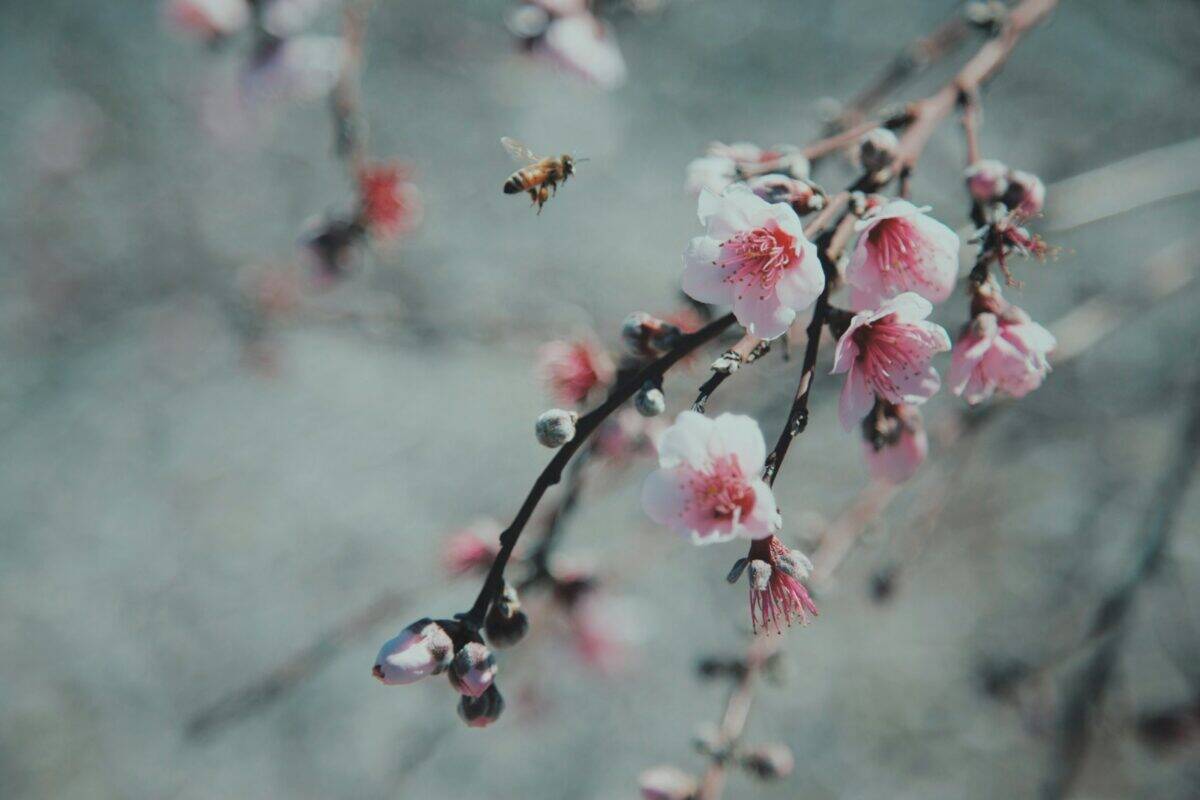
Beyond simply communicating location, honeybee dances contain critical information about the quality of food sources. The enthusiasm and persistence with which a bee performs its dance directly correlate with the richness of the nectar or pollen it has discovered. A bee that has found extremely high-quality nectar will perform more vigorous dances, dance for longer periods, and produce more audible “beeps” during the waggle phase, effectively emphasizing the value of its discovery. This quality-assessment system creates an efficient natural algorithm for colony-level decision making. When multiple foragers return with information about different food sources, those reporting higher-quality findings dance more enthusiastically, recruiting more followers. This leads to an elegant emergent property—without any centralized control, the colony gradually shifts its foraging efforts toward the most energy-efficient and productive food sources available. Research shows that bees evaluate nectar based on sugar concentration, quantity, floral scent, and even the effort required to collect it, integrating these factors into their dance enthusiasm to communicate a comprehensive assessment of resource value to hivemates.
Pheromone Signals: Chemical Communication
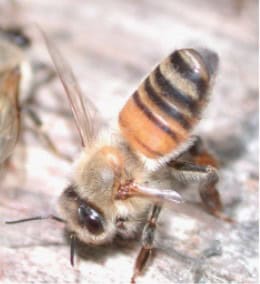
While the dance movements themselves contain the primary spatial information, honeybees simultaneously employ sophisticated chemical signals that enhance and supplement their communication. During both round and waggle dances, foragers release complex mixtures of pheromones that contain crucial information about the food source they’ve discovered. These chemical signals, primarily detected by the surrounding bees’ antennae, include information about the specific type of flower visited, the richness of its nectar, and its pollen quality. The primary pheromone released during dances, identified as a blend of fatty acids and alcohols including geraniol and nerolic acid, helps potential recruits identify and follow successful foragers once outside the hive. Additionally, these chemical signatures help create specific “search images” that allow newly recruited foragers to efficiently identify the particular flower species being advertised, even among visually similar plants. Research using gas chromatography has revealed that the proportions of these chemical compounds vary systematically with flower type, effectively creating a chemical “label” that complements the spatial information encoded in the dance movements.
Interpreting the Dance: How Followers Decode Information

The process by which worker bees extract meaningful information from the dances of their nestmates represents a remarkable feat of sensory integration. In the darkness of the hive, follower bees cannot visually observe the entire dance pattern. Instead, they closely follow the dancing bee, maintaining physical contact with their antennae and forelegs to detect subtle vibrations, movements, and chemical signals. Recent research using high-speed video analysis and laser vibrometry has revealed that followers collect information through multiple sensory channels simultaneously: they detect air currents generated by the dancer’s wing movements, perceive substrate vibrations through their legs, track the dancer’s body orientation changes, and sample pheromones emitted during the performance. The followers must then integrate these multi-modal signals to extract accurate directional and distance information. Additionally, research has shown that experienced foragers require fewer repetitions of a dance to accurately interpret its message compared to novice bees, suggesting a learning component to dance interpretation. Perhaps most impressively, followers can account for the time passed since the dance was performed, automatically compensating for the sun’s movement across the sky if they leave the hive some time after observing the dance.
Collective Decision-Making: Democracy in the Hive

One of the most remarkable applications of the honeybee dance language emerges during the process of colony reproduction through swarming, when bees must collectively choose a new nest site. When a colony prepares to divide, several hundred specialized “scout bees” begin searching the surrounding environment for potential new homes. Upon discovering a promising cavity, each scout evaluates it against at least 15 different criteria, including volume, entrance size, height above ground, and orientation. Returning scouts then communicate their findings through waggle dances, with the quality of the site directly reflected in the vigor and persistence of their performance. What follows is essentially a democratic debate conducted entirely through dance. Initially, scouts advocate for different sites, but over hours or days, they observe each other’s dances and may investigate the sites advertised by their nestmates. Gradually, support consolidates around the highest-quality option as more scouts convert to dancing for the superior site. Research by Thomas Seeley at Cornell University has shown that this process consistently leads colonies to select optimal nesting locations, demonstrating how the dance language facilitates complex collective decision-making that often exceeds the capacity of any individual bee to compare all available options.
Variations Among Bee Species
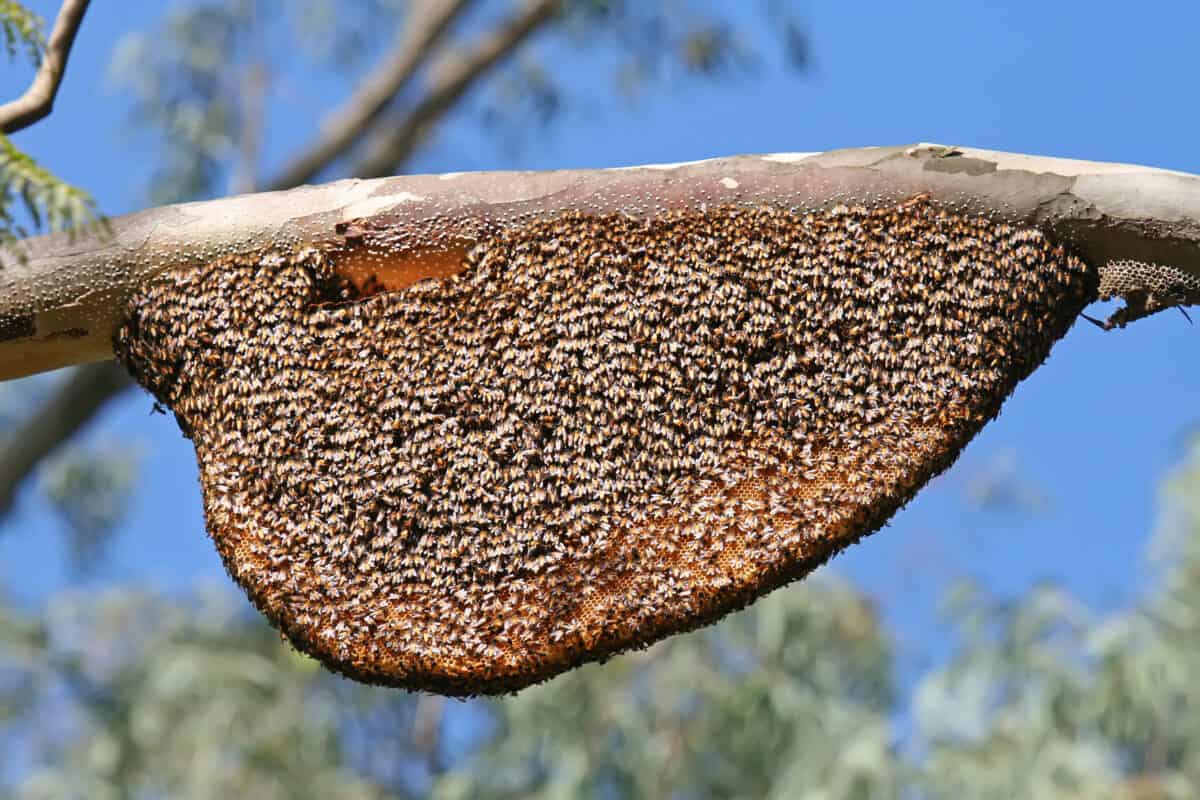
While the European honeybee (Apis mellifera) has been most extensively studied, research reveals fascinating variations in dance communication across the nine recognized honeybee species worldwide. The giant honeybee (Apis dorsata) of Southeast Asia, which builds exposed single-comb nests on cliff faces and tree branches, performs its dances on the vertical surface of the comb in full daylight, allowing for direct incorporation of the sun’s position without the mental rotation required by cavity-nesting species. Even more remarkably, the dwarf honeybee (Apis florea) performs its dances on the horizontal surface atop its single-comb nest, pointing directly at the food source during the waggle run—the only honeybee species to literally “point” to the resource location. Among different subspecies of Apis mellifera, significant variations exist in how distance is encoded: Italian honeybees (A. m. ligustica) use a “dialect” where a specific waggle duration represents a shorter distance compared to Egyptian honeybees (A. m. lamarckii). These variations appear to be evolutionary adaptations to different foraging environments, with bees from dense, flower-rich habitats using dance scales that emphasize shorter distances compared to subspecies from environments where food sources are more dispersed.
Learning and Development of Dance Communication

The acquisition of dance language skills in honeybees involves a fascinating interplay between genetic programming and experiential learning. Young worker bees don’t immediately possess the ability to perform or interpret dances perfectly. Instead, research tracking individually marked bees has revealed a gradual developmental process spanning several weeks. Around 7-10 days after emergence, young bees begin following experienced dancers, initially making frequent orientation errors when attempting to locate advertised food sources. As they gain experience, their dance-following behavior becomes more focused and efficient. When they later transition to foraging roles (typically around 3 weeks of age), their first dance performances often contain imprecisions in angle and duration encoding that improve with practice. Studies using artificial environments with manipulated visual landmarks have demonstrated that bees calibrate their distance sensing through early flight experiences, essentially “learning” how to convert optic flow information into accurate distance measurements. Perhaps most remarkably, recent research suggests that the ability to associate specific waggle dance durations with flight distances may be partially shaped during development by a form of social learning, where young bees observe thousands of dances before attempting their first foraging flights, effectively building a neural framework for understanding the language before they ever use it themselves.
Experimental Verification and Scientific Debates
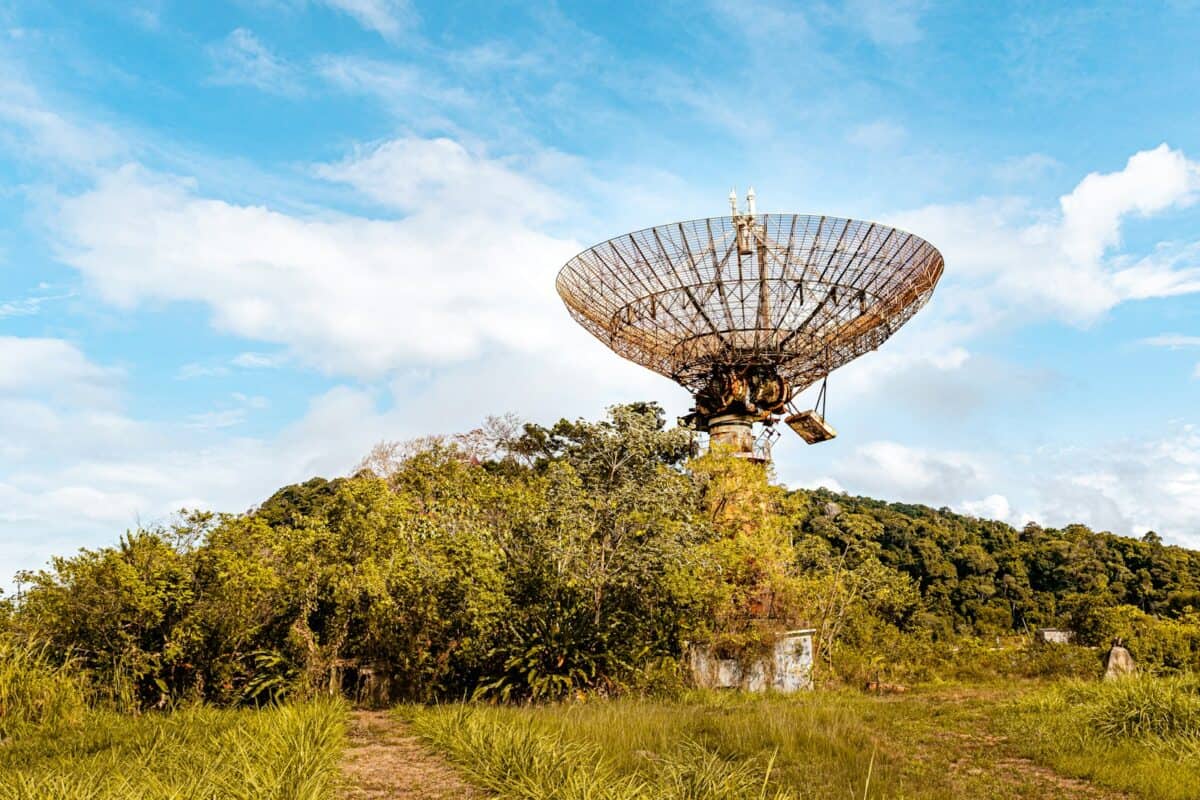
Since Karl von Frisch’s initial discoveries, researchers have conducted increasingly sophisticated experiments to test and verify the honeybee dance language hypothesis. One of the most compelling early experiments involved training bees to visit a food source on a boat in the middle of a lake—when these bees returned and danced, recruits flew out over the water in the indicated direction despite the absence of flower scents or other foraging bees that might lead them there. In the 1960s, Adrian Wenner challenged the dance language hypothesis, proposing that odor cues alone could explain recruitment patterns, sparking a scientific controversy known as the “bee language wars.” However, subsequent research using robotic bees programmed to perform specific dances provided definitive evidence that the dance movements themselves contain spatial information that recruits can follow. More recently, harmonic radar tracking of individual bees has shown that recruits initially fly in the exact direction and distance indicated by dances they’ve observed. While modern research has confirmed the fundamental accuracy of von Frisch’s interpretations, it has also revealed additional complexities—including the discovery that dancers produce pulsed sounds and air flows during waggle runs that contain supplementary information, and that the vibrational patterns detected through the honeycomb may be as important as the visible movements themselves.
The honeybee dance language stands as one of the most sophisticated communication systems in the animal kingdom, demonstrating that complex symbolic language is not exclusive to humans. Through their remarkable dances, honeybees solve critical ecological challenges of resource allocation and collective decision-making with a degree of precision that continues to astonish scientists. The study of bee communication has profound implications across multiple scientific disciplines, from neurobiology to computer science, where bee-inspired algorithms now help solve complex optimization problems. Perhaps most importantly, understanding bee communication provides a window into the remarkable cognitive abilities of these insects, challenging our assumptions about the relationship between brain size and intelligence. As we face global challenges to pollinator populations, appreciating the sophisticated social structures that honeybees have evolved—centered around their dance language—reminds us of what’s at stake when these extraordinary creatures and their intricate societies are threatened.
- How Honeybees Use Complex Dance Languages to Communicate - August 11, 2025
- 10 Animals With Bizarre Abilities That Seem Like Science Fiction - August 11, 2025
- 14 Tips for Keeping Your Dog Safe During Storms - August 11, 2025

